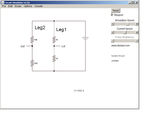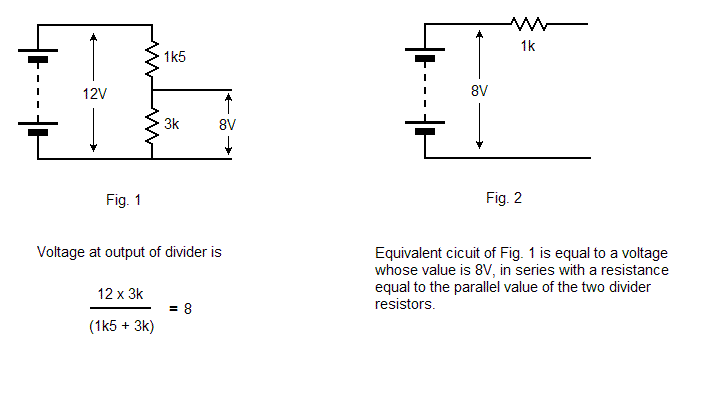mguptamel
Newbie level 2
After reading texts, I am confused with Voltage and Current. As per Ohms law, V = IR.
When texts explain for a given circuit, they always talk in terms of voltage not current especially V(out) in case of voltage divider. Why is that? I get confused at this point.
Please see attached diagram
For Leg1 and Leg2, output voltage will be the same but current going through output will be very different. If, for example, output needing high current would work from LEG2 but not LEG1.
Can somebody explain when OUTPUT (Vout) is considered in a given circuit does that mean it's an output to 2nd stage and designers must consider voltage instead of current?

When texts explain for a given circuit, they always talk in terms of voltage not current especially V(out) in case of voltage divider. Why is that? I get confused at this point.
Please see attached diagram
For Leg1 and Leg2, output voltage will be the same but current going through output will be very different. If, for example, output needing high current would work from LEG2 but not LEG1.
Can somebody explain when OUTPUT (Vout) is considered in a given circuit does that mean it's an output to 2nd stage and designers must consider voltage instead of current?

